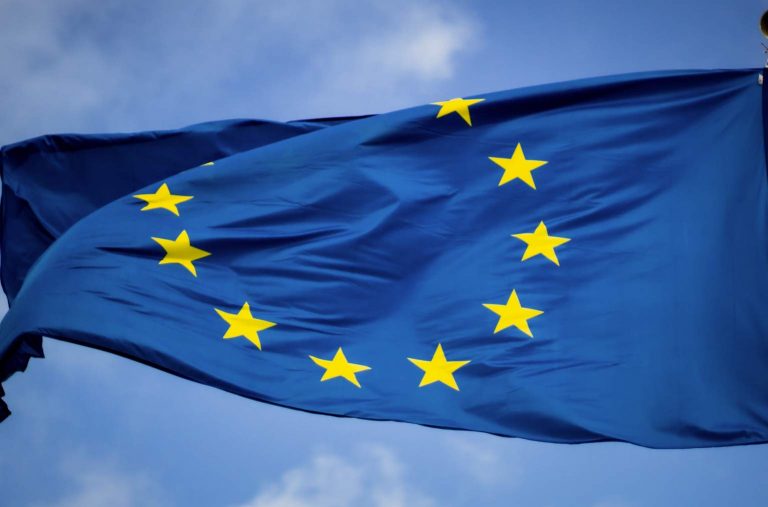
Deflated
At 09:30 yesterday morning, the Pound was in momentary free fall as investors priced out the positive risk of an increase in interest rates in May and into 2019. As the imperative monetary policy decision on the 10th May draws ever closer, analysis and qualifications of future inflation expectations will be highly salient to the value of the Pound.
As a headline figure, consumer price inflation will not be read again ahead of the much-anticipated meeting of the monetary policy committee next month. In fact, the only major data release standing between now and the decision itself is a reading of economic performance, as measured by gross domestic product, on the 27th April. Instead, perhaps investors will be focused upon a finer evaluation of yesterday’s data.
At first glance, prompting the Pound’s major decline, was a downward shock to consumer price inflation by 0.2%. Inflationary pressures were expected to subside following the Brexit decision as statistical effects of a weaker domestic currency on a year-on-year basis began to normalise. However, as domestic inflation, particularly within the more transparent and reactive service sector, continued to exceed the Bank of England’s 2% target, expectations of monetary policy normalisation began to support the Pound.
When these expectations first materialised in November 2017, the Pound was rescued from its paralysis and free fall towards a value of parity against the Euro. Hitting a low of 1.0745 only a couple of months earlier, the rescue of the Pound was much needed and shouldn’t be underplayed.
The latest reading of CPI inflation was recorded at 2.5% year-on-year, down from 2.7% the previous month, and a high above 3% only a few months ago. When looking at core inflation, a measure of the domestic price level ignorant to more volatile components that its general counterpart includes, the fall was just as dramatic. Whilst March’s reading of February’s year-on-year core inflation was recorded at 2.4%, dominant consensus expectations had surrounded on 2.5% as the level of core inflation within the UK economy. The publication of 2.3% year-on-year CPI inflation yesterday morning was therefore met with a strong sell off of the Pound.
Within one minute, the rate of the Pound against the Euro had fallen from a value approximately in line with its market open value of 1.1550, down to 1.1490. Against an appreciating Dollar, the move was even more pronounced: despite trading at 1.4275 only seconds earlier, the statistics release wiped just shy of one cent off of the pair, to the detriment of the Pound. On a trade-weighted basis, the value of the Pound fell unilaterally by around 0.55%, with the effect against an outperforming Dollar being exaggerated to in excess of 0.75% within the cable rate.
Within the more detailed report, evidence remains that yesterday’s result may have been a freak result. Due to the intrinsic domestic orientation of the majority of any service sector, it remains the strongest barometer of true inflation, void of external influence from global trade and the exchange rate.
Service sector inflation even rose from 2.5% from a previous reading of 2.4%. There remains the strong possibility, therefore, that the Bank of England holds onto its forecasted intentions to raise rates during its May meeting.
Today’s sell off in the Pound represented the pricing out of risk within the value of the Pound for an increase in the reward for saving and the cost of borrowing. Perhaps, due to a trading reaction to the headline CPI figure, the dynamics of UK inflation and monetary policy had been over estimated yesterday. As such, there remains a strong possibility that at least from the side of pure economics, there could be an upside to the Pound in only a few weeks. As Theresa May met with her counterparts from across the Commonwealth of Nations yesterday evening, the topic of post-Brexit trading relationships could dominate the political scene and value of the Pound.
Discussion and Analysis by Charles Porter

Click Here to Subscribe to the SGM-FX Newsletter
Related Insights

Daily Brief – Poland
Poland June 2025 will go down as a milestone for the energy sector in Poland as it was the first month that renewable energy overtook fossil fuels as a proportion of Poland’s total energy requirements. Poland is one of the highest emitting countries only behind China, Kuwait, South Africa, and Kazakhstan and despite coal consumption […]

Daily Brief – Sterling
Sterling No sooner had the financial press written that Sterling was on the skids due to the Chancellor being on the way out, than PM Starmer woke up to the need for some TLC for his beleaguered Chancellor and executed a handbrake turn to administer some gruesome bedside cheer to the apparently on life support […]

Daily Brief – EU Inflation
EU Inflation With the ECB annual symposium meeting in sunny Sintra, Portugal, inflation is very much on President Lagarde’s mind ; that is because it is showing signs of rising with the monthly inflation rate showing an increase of 0.3% and that presages a break above the target 2% rate just as she and her colleagues […]


 Humphrey Percy
Humphrey Percy